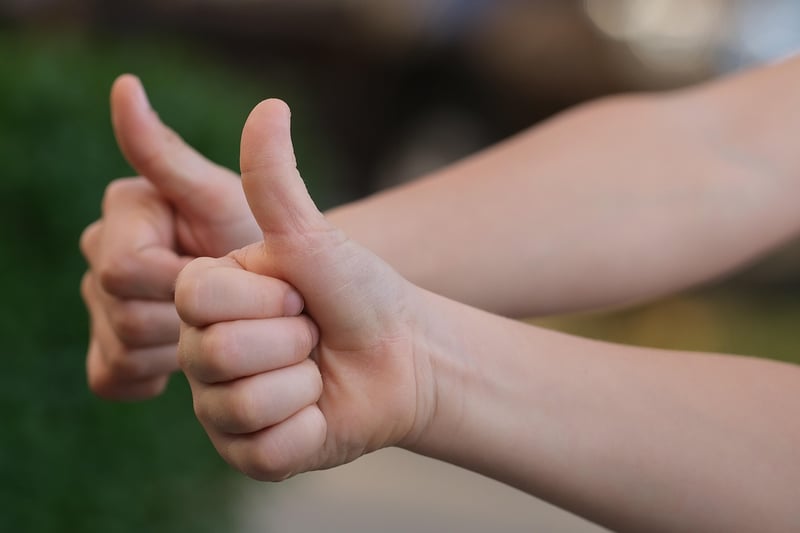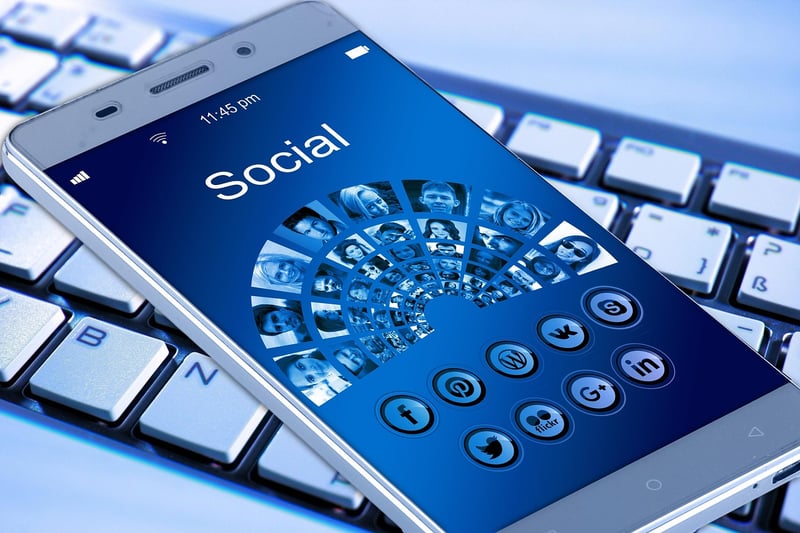Subtle Communication
The Art of Subtle Communication
In a world filled with constant noise and information overload, mastering the art of subtle communication can set you apart. Subtle forms of communication can convey powerful messages without saying a word. From body language to subtle gestures, understanding and utilizing these cues can improve your relationships, both personally and professionally.
Body Language
Body language plays a significant role in how we communicate with others. Simple gestures like maintaining eye contact, nodding in agreement, or mirroring someone's posture can convey empathy and understanding. Leaning in slightly or facing towards the person you are speaking to shows attentiveness and engagement.

Subtle Cues in Conversation
Pay attention to subtle cues in conversations, such as tone of voice, pauses, and choice of words. A soft tone can indicate warmth and friendliness, while a pause before speaking can show thoughtfulness. Choosing words carefully and using positive language can create a welcoming atmosphere.

Nonverbal Communication
Nonverbal cues like a gentle smile, a reassuring touch on the arm, or a slight nod can convey understanding and support. These subtle gestures can make the other person feel heard and valued, strengthening your connection with them.
Building Trust
Mastering subtle forms of communication can help you build trust and rapport with others. When people feel understood and respected, they are more likely to open up and engage with you on a deeper level. This can lead to stronger relationships and better collaboration.
Practice Makes Perfect
Improving your subtle communication skills takes practice and awareness. Pay attention to how others respond to your cues and adjust accordingly. By honing these skills, you can become a more effective communicator and create meaningful connections with those around you.

Embrace the power of subtle communication and watch how it transforms your interactions with others. Start incorporating these subtle cues into your daily interactions and see the positive impact it can have on your relationships.
Remember, sometimes the most powerful messages are the ones left unspoken.
